How to Make a Subway Map with John Tauranac
Hear from an author and map designer who has been creating maps of the NYC subway, officially and unofficially, for over forty years!


From Manning’s to Blackwell to Welfare to Roosevelt, this 2.5 mile strip of New York City has gone by many names and served many purposes. Developed first as a family farm then a prison complex, asylum, and orphanage to a hospital and sanatorium, it was a place for the marginalized, forgotten, and ill. Yet the 20th century would turn it into a grand experiment in urban renewal. The result was Roosevelt Island where some of the greatest architectural minds of the time had a turn at creating a completely new neighborhood in the middle of the East River.
It was here that Catalan architect and urban planner Josep Lluis Sert received one of the largest canvases on the island to create his ideal multi-family utopia. Using Sert’s Eastwood and Westview complexes as an anchor Untapped Cities will explore the hidden gems both contemporary and historic of Roosevelt Island’s varied history of being a livable community.
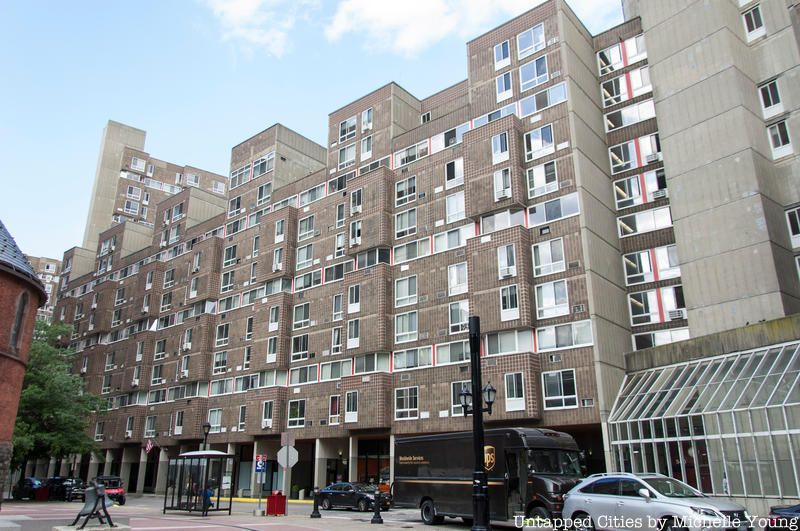
It was not until 1971 that a new vision for Roosevelt Island was put forth (and the name Roosevelt Island coined) by New York State’s Urban Development Corporation. Architect Philip Johnson (Seagram Building, Glass House) and his partner John Burgee developed the master plan for Roosevelt Island with a core list of essential elements, some of which can still be felt today. As Ellen Fletcher writes in The Encyclopedia of New York, these included “a neighborhood free of automobiles, with apartment buildings and stores connected by a central street, restored historic buildings, river views, and a park at each end of the island.”
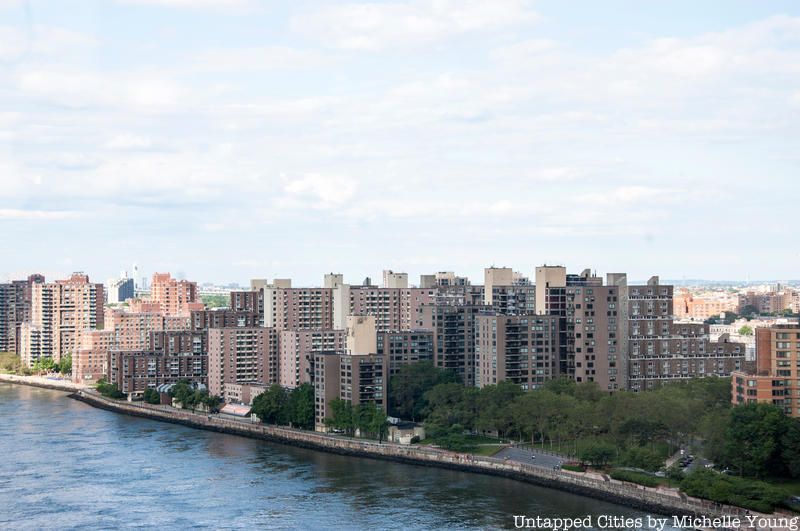
Only a portion of this master plan was actually completed due to financial constraints, including two high-density housing projects by the Catalonian architect Josep Lluís Sert. But this section has a strong visual identity, so much so that when the Netflix series Maniac needed a retro yet futuristic version of New York City to show, Sert’s buildings and the Main Street they’re situated on featured prominently.
This tour is FREE to attend for anyone and is scheduled for Monday October 21st from 10 to 11:30am. The group will meet outside of the Roosevelt Island Subway Station on the F train.
Tour of Josep Lluís Sert’s Legacy on Roosevelt Island
TOUR HIGHLIGHTS:
Tour of Josep Lluís Sert’s Legacy on Roosevelt Island
This tour is organized with the collaboration of the Public Diplomacy Council of Catalonia

This tour is also developed with the assistance of Mary Ann Newman, Director and Founder of the Farragut Fund for Catalan Culture in the U.S.
MORE PHOTOS OF THE TOUR:

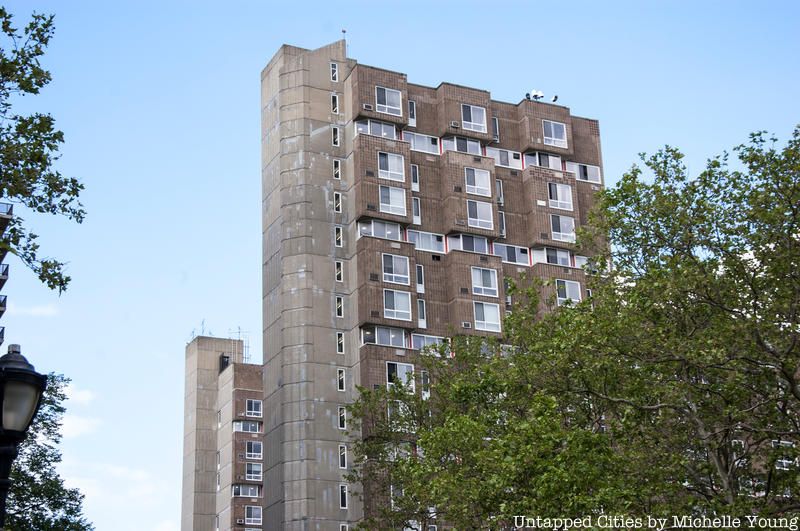
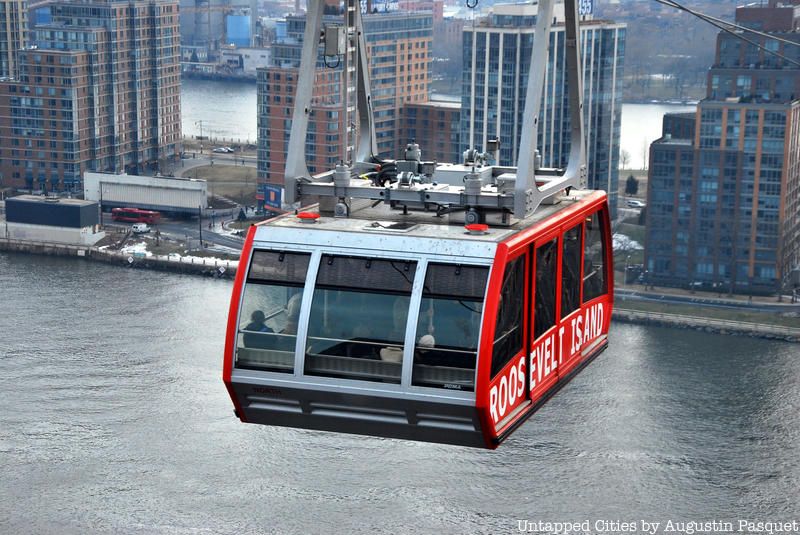

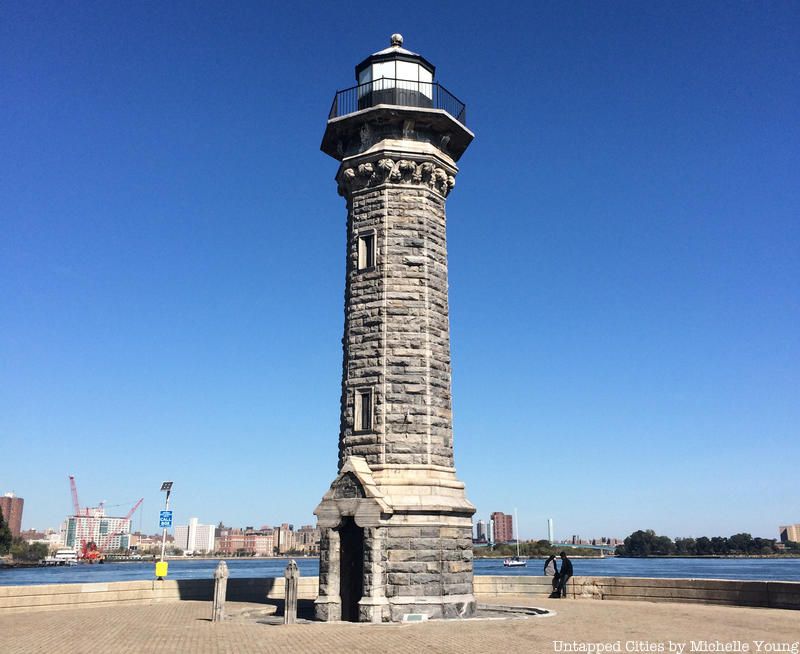
Subscribe to our newsletter